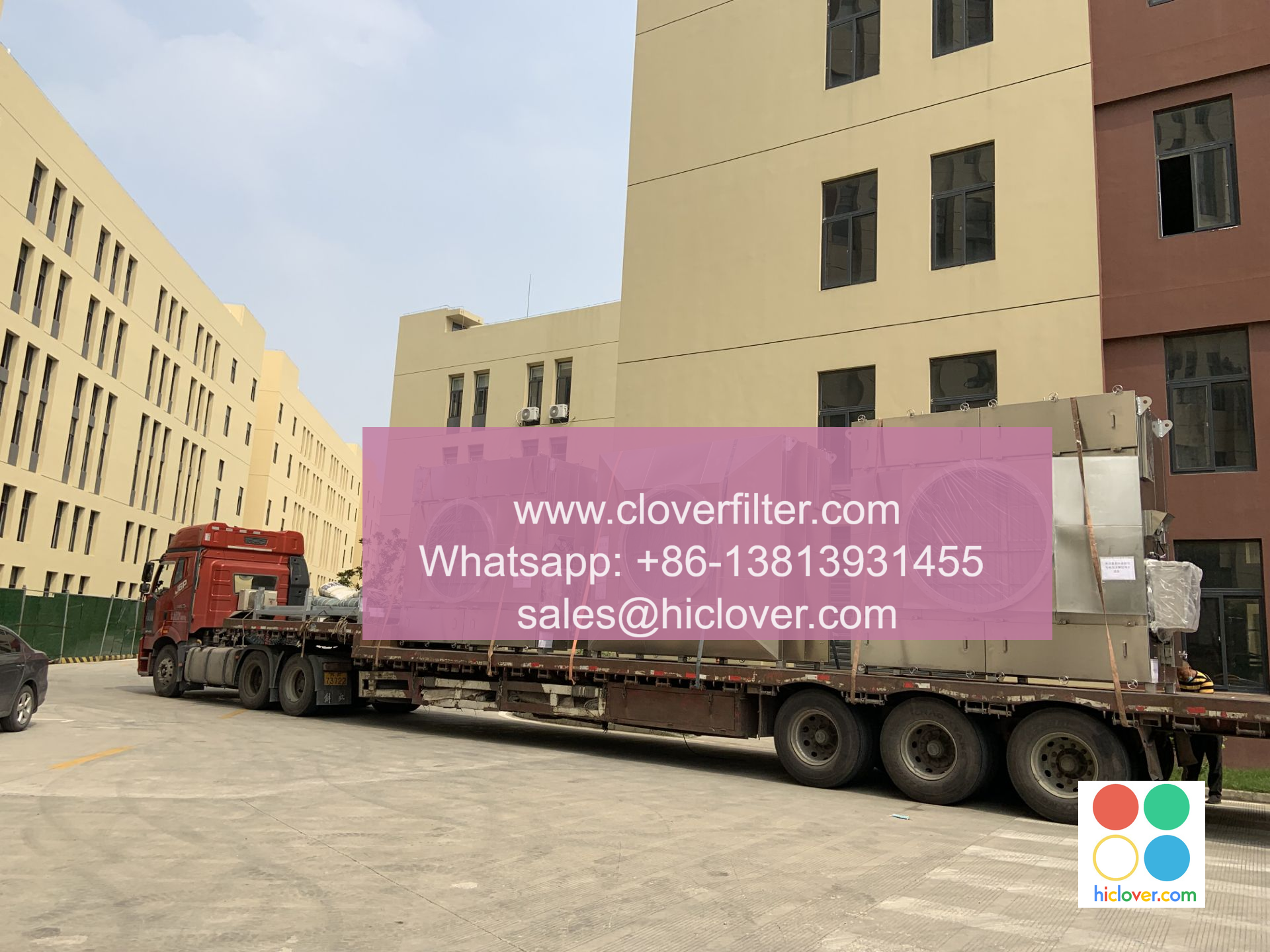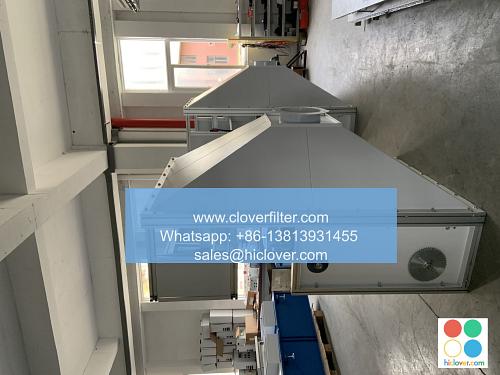Air Filter Technology: Advances and Innovations

Air filter technology has undergone significant transformations in recent years, driven by advances in materials science, nanotechnology, and engineering. The development of high-performance air purification systems has become crucial for maintaining good indoor air quality, ensuring the health and well-being of individuals, and protecting sensitive equipment from airborne contaminants. This article will delve into the latest advances and innovations in air filter technology, highlighting various application areas, including industrial air filtration, commercial HVAC systems, and residential air purification.
Advances in Filter Media
One of the key areas of innovation in air filter technology is the development of advanced filter media. Nanofiber filters have shown significant promise, offering improved particulate matter (PM) removal efficiency and increased airflow rates. These filters utilize electrospun nanofibers that can capture particles as small as 0.01 microns, making them ideal for applications where ultra-fine particle removal is critical. Additionally, antimicrobial filter media have been developed to reduce the growth of microorganisms on filter surfaces, minimizing the risk of bioaerosol contamination.
High-Efficiency Particulate Air (HEPA) Filters
HEPA filters have long been the gold standard for air purification applications. Recent advances in HEPA filter design have led to the development of ultra-high efficiency filters capable of capturing 99.97% of particles as small as 0.3 microns. These filters are commonly used in cleanroom applications, pharmaceutical manufacturing, and healthcare facilities where strict air quality control is essential.
Activated Carbon Filters
Activated carbon filters are widely used for gas-phase filtration applications, including odor removal and volatile organic compound (VOC) abatement. Recent innovations in activated carbon technology have focused on improving the adsorption capacity and selectivity of these filters. Impregnated activated carbon filters have been developed to target specific gaseous contaminants, such as nitrogen dioxide and ozone.
Ionization and Electronic Air Cleaners
Ionization-based air cleaners and electronic air cleaners have gained popularity in recent years due to their ability to remove airborne particles without the need for traditional filter media. These systems use corona discharge or electrostatic precipitation to charge and capture particles, offering a low-maintenance and energy-efficient alternative to traditional air filtration systems.
Smart Air Filtration Systems
The integration of Internet of Things (IoT) technology and artificial intelligence (AI) has led to the development of smart air filtration systems. These systems can monitor indoor air quality in real-time, automatically adjust filtration settings, and provide personalized recommendations for improving air quality. Smart air purifiers are becoming increasingly popular in residential applications, while industrial smart air filtration systems are being adopted in various industries, including manufacturing and healthcare.
Conclusion
In conclusion, air filter technology has undergone significant advances in recent years, driven by innovations in materials science, nanotechnology, and engineering. The development of high-performance air purification systems has become crucial for maintaining good indoor air quality and protecting sensitive equipment from airborne contaminants. As research and development continue to push the boundaries of air filter technology, we can expect to see even more innovative solutions emerge, targeting a wide range of applications, from industrial air filtration to residential air purification. You haven’t asked a question or provided any context. What would you like to talk about?

